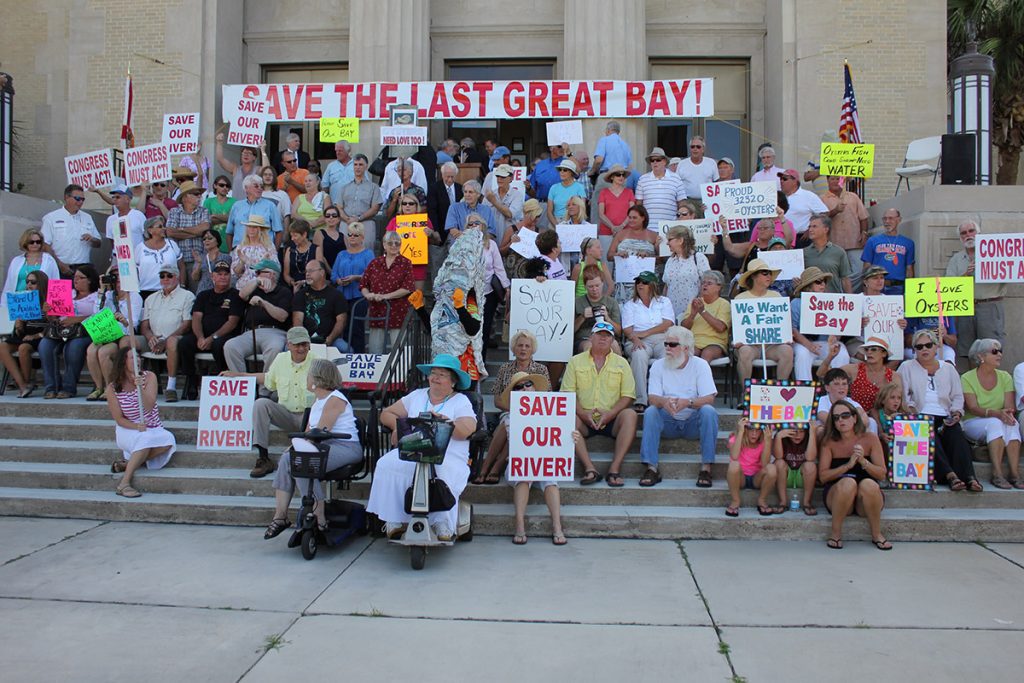WFSU is partnering with WABE in Atlanta for a look at Florida’s Supreme Court case against Georgia, from both sides. Molly Samuel from WABE is covering the perspective from Georgia’s Flint and Chattahoochee Rivers, and WFSU’s Rob Diaz de Villegas is covering the perspective from Florida’s Apalachicola River and Bay. Each produced a radio story, and collaborated in writing the following post.
In Apalachicola, Florida, fishermen measure their connection to the bay in generations. Apalachicola Bay was once famed for its seafood harvests, most notably its oysters.
Oysterman Shannon Hartsfield is fourth generation; but years into a declared fishery disaster, he realizes he may be the last.
“My son … would have been fifth generation,” he said. “But I pushed him [into] a different industry. He’s going into welding.”
The oyster fishery in Apalachicola collapsed in 2012 after a 10-month drought.
It still hasn’t recovered, and Florida blames Georgia.
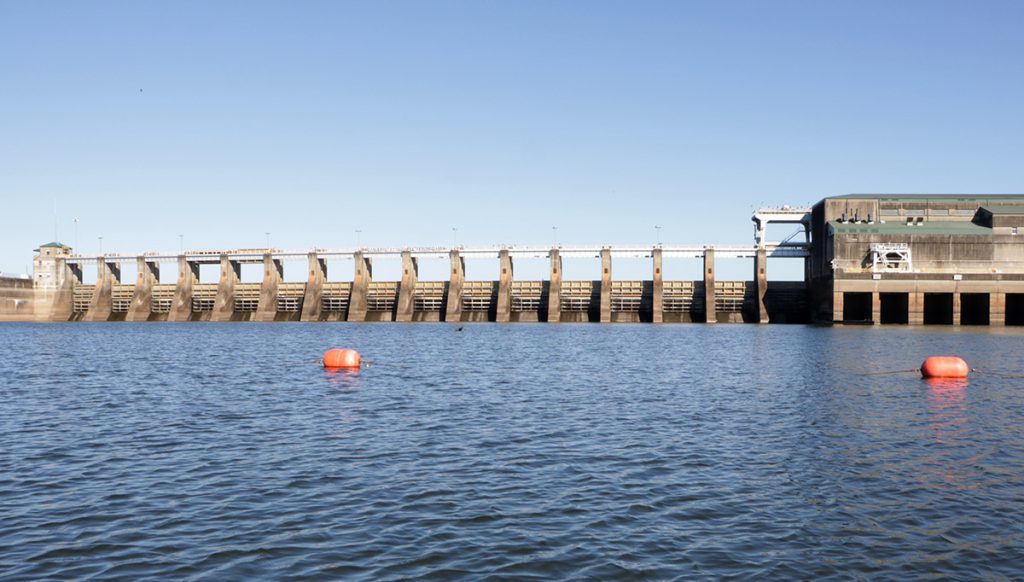
In 2013, Florida filed suit in the U.S. Supreme Court, claiming the upstream state’s water consumption caused the fishery crash.
On Monday, attorneys for Florida and Georgia will appear before the U.S. Supreme Court for the second time in their battle over water in the Apalachicola-Chattahoochee-Flint river basin.
The outcome will affect communities and economies in both states.
Though Florida v. Georgia is the highest-profile case right now in the states’ fight over water, it’s not the only one. A final decision in this 8-year-old lawsuit likely won’t be the end of Florida, Georgia and Alabama’s disagreements going back over decades about the rivers they share.
“We’re not asking for a great amount of water more,” Hartsfield said in 2012, just after the Apalachicola Bay oyster fishery crashed. “We’re just asking for an equal share of water.”
That’s what Florida is after as the Supreme Court hears its case against Georgia.
It’s asking the court to cap Georgia’s water use, in order to ensure more water flows from the Chattahoochee and Flint rivers, which start in Georgia and meet downstream to form Florida’s Apalachicola River.
The Apalachicola River and Bay form a unique ecosystem, home not only to the bay’s famed oysters, but also to rare species of plants and animals.
Florida said to save those — and the industry that’s the lifeblood of the town of Apalachicola — it needs more freshwater flowing into the state.
It’s come to focus on agricultural water use in southwest Georgia’s Flint River basin as its culprit. Florida claims farmers on the Flint are taking more than their fair share of water.
Farmers like Casey Cox.
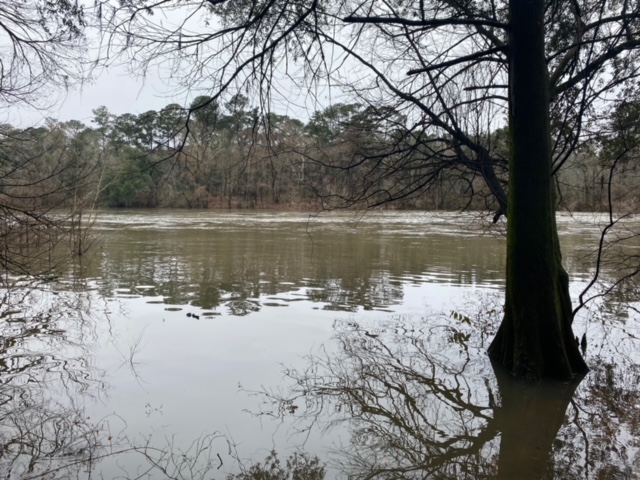
The View From The Flint
“I grew up on this river, so it’s really special to me,” Cox said, standing beside the Flint River, which flows alongside her family’s farm in Camilla, Georgia.
On a winter day during a rainy season, the river is high and muddy, partially submerging trees on the bank.
Cox is a sixth-generation farmer, growing sweet corn, peanuts and timber. She said her love for the Flint is part of what brought her back after college. Now, she’s taking over operations from her dad.
She’s 29 years old, which means the fights over the Flint have been going on for as long as she’s been alive.
Cox said her dad was involved in advocating for Georgia farmers in the water wars earlier in his career.
“Now he’s transitioned that over to me along with the farm,” she said. “It’s just really unbelievable to think that we’re going into the second generation of these water issues.”
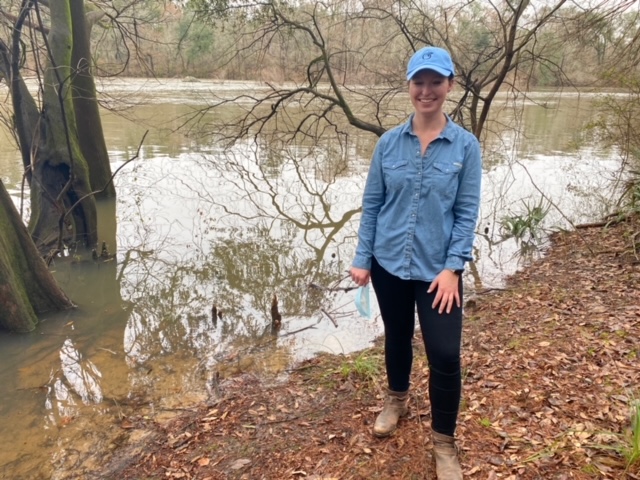
Georgia farmers say limiting their water supply would have ripple effects in the region.
“I hate to use the word cataclysmic. But it’ll be significant,” said Murray Campbell, who grows cotton and peanuts on the other end of Mitchell County from Cox’s farm.
He said if he was told, for instance, he had to cut his water use in half, he might just decide to put it all in one crop.
“So you cut your potential for income in half, you’re going to have to cut back on something,” he said. “You may have to let a man go that’s been working for you for 20 or 30 years; you might not can afford that much labor. It’ll just roll through the economy.”
But the effects wouldn’t be limited to local farm economies, said Doug Miell, adviser to the Georgia Chamber of Commerce on natural resources.
“There is no question it would flow across the entire community, and the entire state,” he said. “People would be displaced.”
The impact would go beyond rural communities, Miell said, because agriculture is the biggest industry in the state, worth $13 billion statewide, according to the University of Georgia, with a big chunk of that coming from southwest Georgia farms.
It could also affect Atlanta’s water supply, since the Chattahoochee, the main source of water for the metro area, is also involved in this litigation, though the water suppliers in the area have worked to become more efficient and reduce per capita water use.
Georgia has argued in this case that any potential solution for Florida wouldn’t be worth the economic harm to Georgia. It also said Florida itself is partially to blame, for allowing overharvesting of the oysters after the BP oil spill.
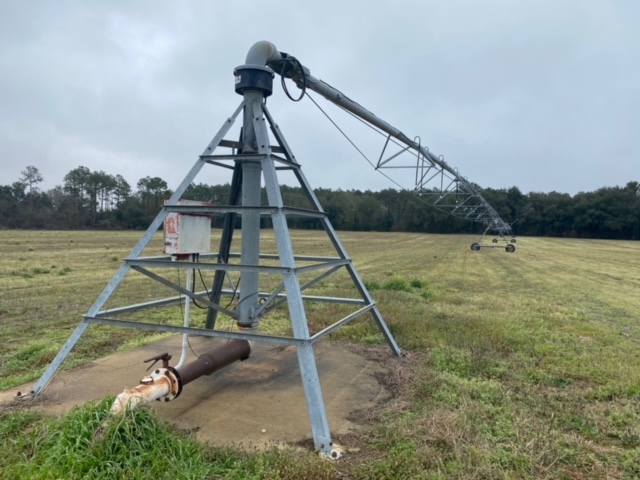
And Georgia said the fix Florida is asking for wouldn’t actually solve the oyster industry’s problems. The U.S. Army Corps of Engineers, the federal agency that manages the dams on the rivers, isn’t involved in the suit.
Two experts hired by the court to manage this case and make recommendations have sided with Georgia.
A special master appointed by the court in 2014 said Florida had been harmed as a result of Georgia’s water use, but ultimately said the state had no standing because part of the blame is with the Corps.
After hearing oral arguments in response to that report in 2018, the justices decided to send the case back to a different special master for more review.
The second special master’s report, released in 2019, was also empathetic to Florida’s plight, but said the state didn’t prove that capping Georgia’s water use would lead to an increase in flow to the bay.
For her part, Cox said she understands what people in Apalachicola are going through. She said the oystermen there and farmers in Georgia face shared challenges.
“We’re all impacted by drought. We all depend on these natural resources for our livelihoods,” she said.
Cox said she hopes the states can stop suing each other, and instead find a way to work together to find solutions.
“My entire future is in agriculture and farming alongside this river,” she said. “I have to have access to water for irrigation, to give me certainty for the future, to have a strong livelihood going forward.”
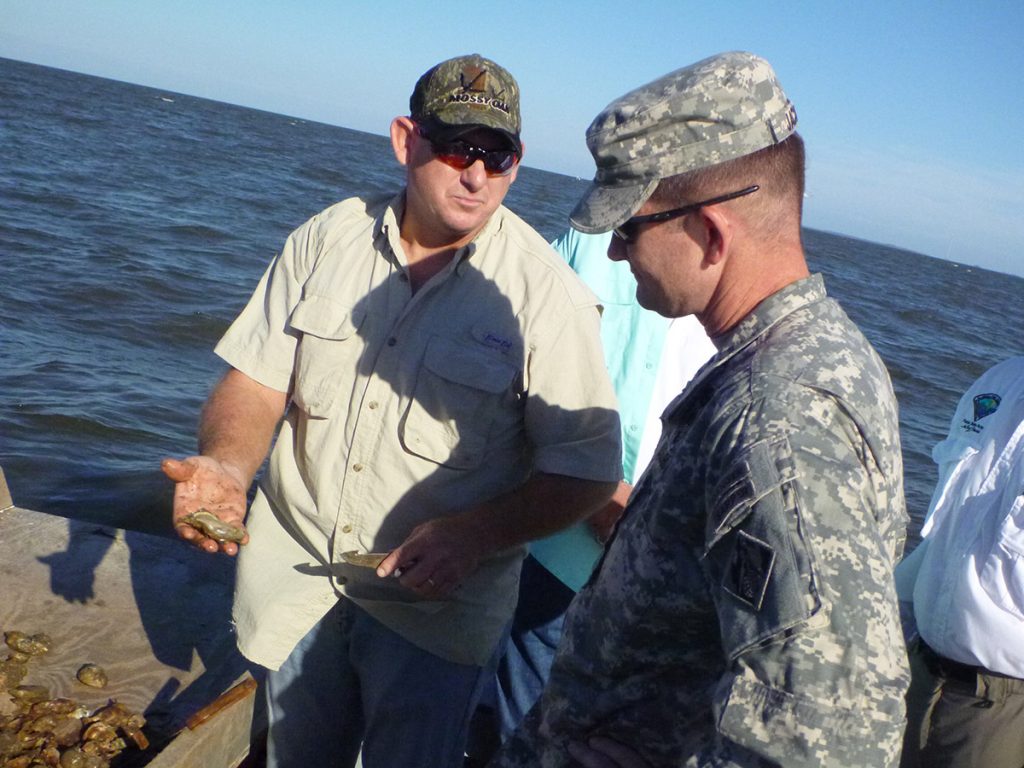
The View From Apalachicola Bay
There hasn’t been much enthusiasm for the Supreme Court case in Apalachicola Bay, either.
“Even if we win the lawsuit, what’s going to become of it?” Hartsfield said in 2016.
“I don’t exactly know what we’re asking for in the lawsuit. We don’t,” he added, motioning to the oyster boats gathered nearby in the water.
Hartsfield was more concerned about the Corps and its practices in managing the dam and reservoir system in the combined Apalachicola-Chattahoochee-Flint river basin.
“If we go through another low-flow drought year, and [with] what the Corps is presenting to us, we’re over with,” he said.
The fishery may not be entirely “over with” yet, but it is taking a long pause. Earlier this year, the Florida Fish and Wildlife Conservation Commission enacted a five-year ban on oyster harvesting there.
The Corps, meanwhile, updated its guideline for how it manages the river basin in 2017. Under the new drought operations, Florida could actually get less water during droughts, according to Georgia Ackerman, with the environmental group Apalachicola Riverkeeper.
“The updated Water Control Manual creates even worse circumstances for the Apalachicola River,” she said. “If we go into drought operations like we did in 2011 and 2012, it’s possible that we can see even worse results.”
She points to damage beyond the effects of a single drought event.
“We have seen a decline in freshwater flow over the decades, and we’ve seen a change in the flow regime that the Corps regulates the water coming downstream,” Ackerman said. “More and more water has been held upstream, for upstream consumption, and it has negatively impacted, it has hurt the Apalachicola floodplain and bay.”
To Ackerman, a better way to resolve the issue would be for the dam’s managers to adjust water flow according to historical flood cycles.
“Flow that mimics Mother Nature’s patterns are especially important,” she said. “You want to see higher water, particularly in spring and summer, especially heading into spring, and spawning season, when species are reproducing.”
Spring is also the start of the growing season for trees in the floodplain.
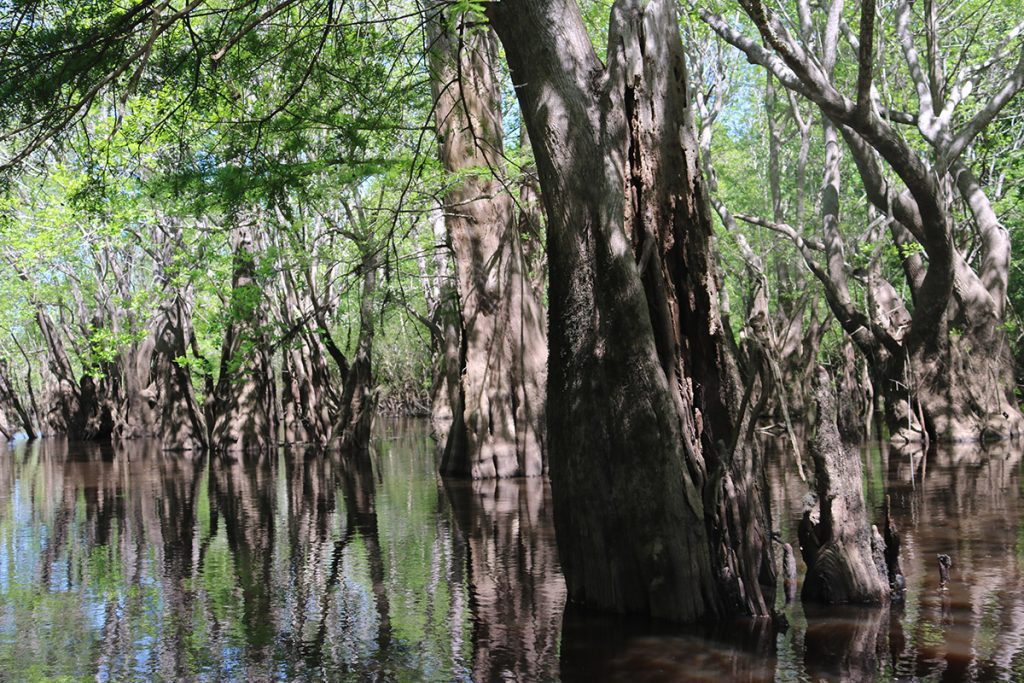
A U.S. Geological Survey report from 2008 found that in the decades after the construction of the Jim Woodruff Dam, the Apalachicola floodplain had thinned significantly. At that time, the floodplain had lost about 40% of its dominant tree species, the water and Ogeechee tupelos. It placed blame on low-water flows and the Corps’ physical alterations to the river channel.
Even if Florida were to win its lawsuit, the ruling would have no impact on the U.S. Army Corps of Engineers. Its Water Control Manual says if there’s a drought in Georgia, that state would get water priority.
While hoping for the best, Ackerman and others are trying another route.
Apalachicola Riverkeeper is part of a coalition suing to change the Water Control Manual with an eye toward getting more water through the dam and into the bay.
If neither case pans out, river flows might continue to be managed as they have been for decades.
Hartsfield said he still has hope, though, for the resurgence of the Apalachicola oyster.
“I’m looking forward to having a future. For the first time in a long time, I see a future,” Hartsfield said.
He said the Florida Fish and Wildlife decision to close the bay to oyster harvesting is giving oyster reefs time to regenerate. Researchers from that agency and Florida State University are at work trying out different restoration methods and management scenarios.
And there’s been some pretty good rainfall the past two years.
“My dad is about to turn 73 years old. And I’d love to be able to take him back out with me, and harvest oysters with him again,” Hartsfield said. “This is the first time in a long time that I see a future back in the bay.”
